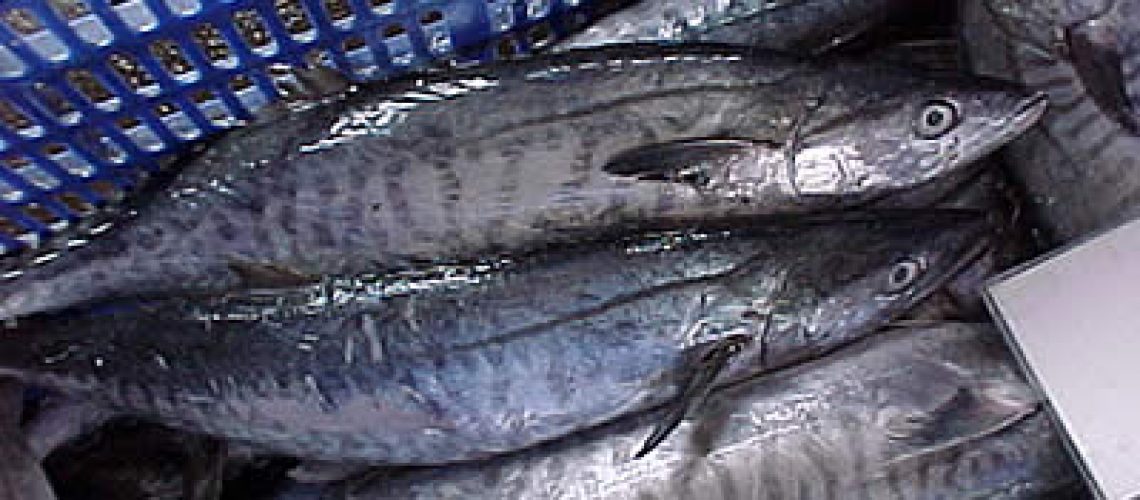Unbeknownst to some RSL Club workers at Evans Head in northern New South Wales (NSW), by consuming their lunch of Spanish mackerel they became the victims of some intense food poisoning. Ms Heidi Hollis has only recently been discharged from the hospital after suffering some persistent nerve damage.
The food poisoning was not caused by bad practices during the cooking process, rather it was caused by the fish itself. Known as ciguatera fish poisoning, the illness has been mostly tropical – hence the unexpected nature of this epidemic. The toxins are caused by marine microalgae. If fish consume these algae and those fish get eaten by other fish, the toxins will accumulate up the food chain to levels harmful to humans.
In 2014, NSW documented their first cases of ciguatera fish poisoning in the state’s water, with four of the cases found at Evans Head. This came as a surprise to many researchers because they never expected the algae could survive in such cold conditions. It is still too early to determine whether the algae was always there or was it recently introduced. However, it is acknowledged that the waters have become warmer as global warming begins to affect the East Australian Current.
How to prevent the spread of this illness in Australian fish?
Fish experts are urging places like the Sydney Fish Markets to reduce the sales of particular fish, like the Spanish mackerel, to reduce the likelihood of food poisoning. From previous incidents,other fish species that have cause complications include coral trout, red emperor, wrasse, reef cod, sturgeon fish, trevally, queenfish, chinaman, red bass, groper, barracouta and kingfish.
If you would like more information on this topic or get the source URL for this article, then email us at [email protected]
